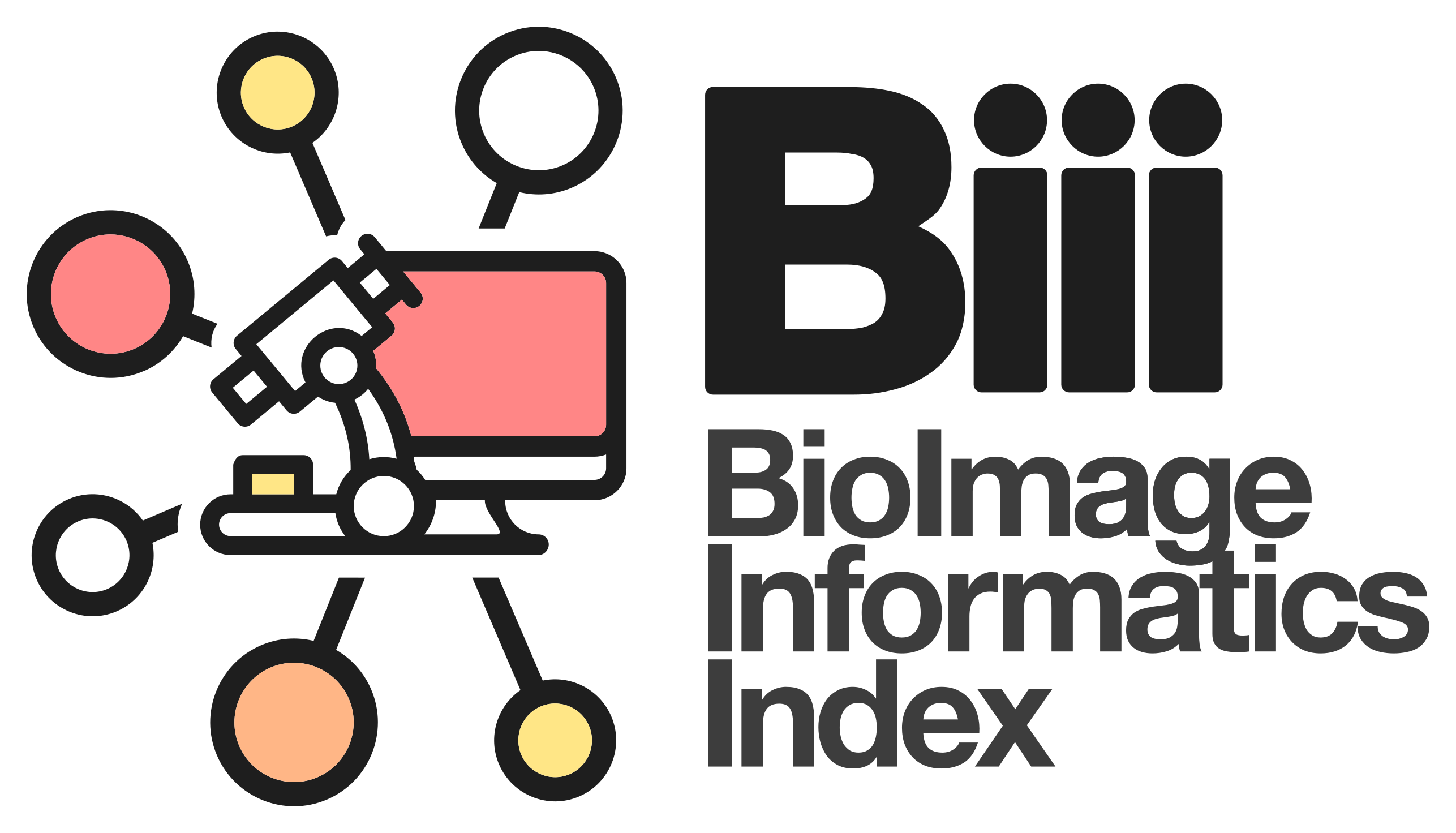Purpose:
Many tools for BioImage Analysis are already available but information about these tools is non-uniform and often focuses on technicalities about the methods implemented rather than the problems the tools can actually solve. Since bioimage analysts focus on applied problems, this information is often inadequate. To overcome this issue, the platform BIII developed by the Network of European Bio-image Analyst NEUBIAS tries to match the problem with the relevant tools.
Learning from the success of community-based projects (e.g. Wikipedia) to achieve this goal, a crowdsourcing technique fostering exchanges and collaboration is applied to incrementally update the platform.
BIII seeks to provide a unification of views: problem-based (e.g. “find nuclei in cells”), method-based (e.g. “active contour-based segmentation”), and tool-based (e.g. “CellProfiler”). The platform will also gather commented links on articles describing algorithms with high potential but without a usable source code “Calls for implementation” to plan collaborative implementation through threads in the forum. The database is edited in a manner similar to Wikipedia: i.e. the community provides content that is managed by curators. Crowd-sourced database editing is reinforced by strategic meetings called taggathons, boosting the content of the database. These meetings are also aimed at reaching consensus on future directions.
By sharing knowledge between the different communities, we aim to help biologists to find any tool or workflow available for a particular image analysis problem and to find the adequate image processing wording, but also to help software and algorithm developers to find missing tools (or components), and to help bioimage analyst to identify and edit workflows (linked components). It also aims to be a simple way to diffuse bioimage analysis solutions, even when they cannot lead to a publication per se.
By also exposing all data we are curating with standard web practice, we allow other projects to reuse this data.
Here is an example of collaboration with another COST project COMULIS: see full demo here.
History:
This work was initiated during meeting of image analysts, imaging software developers and users at the 2013 European Biological Image Analysis Symposium EUBIAS2013.This first taggathon
meeting built a first generation catalogue of image analysis and processing tools for the biological domain, the BioImage Informatics Index (biii.info). All the resources added in the catalogue were created by community submission, and annotated using a combination of controlled vocabularies and free-text. The result was the first version of vocabulary developed by the community for describing and annotating biological image analysis. Since its establishment, biii.info has evolved through a follow up taggathon meeting in 2014. With the NeubIAS action and its community, the platform has now evolved to BIII with data models and basis allowing more evolutions. It is now ongoing curation efforts by NEUBIAS Taggers , and the edition of content is open by anyone registering.
How to use:
Code or software are not hosted on the platform.
To tag and describe new tools, registration is needed. Different status and different rights are implementing in the system, to simplify the experience of newcomers that can then been ‘upgraded’ to a higher status on demand.
In addition to the data exposed trough this web platform, you can access data through REST service.
Example:
http://biii.eu/node/50/?_format=json
http://biii.eu/fiji?_format=json will return a json form of http://biii.eu/fiji
http://biii.eu/soft would return the full list of entries (software, i.e collections components or workflows) in biii.
More advanced example to come.
Documentation about the core ontology used
( the visualization is generated on the fly from a owl file hosted on github, this (super by the way) linked website is independent from BIII and can be down from time to time)
Documentation about the Edam BioImaging ontology used for tagging
Documentation about the webtool itself is available here: https://github.com/NeuBIAS/bise/wiki
Term of use (license):
This database BIII is made available under the Open Data Commons Attribution License (ODC-By) v1.0 . https://opendatacommons.org/licenses/by/1.0/
In summary, you are free to share, reuse, and adapt BIII, as long as you credit BIII, NEUBIAS, and its contributors.
List of contributors
- 7709 views
